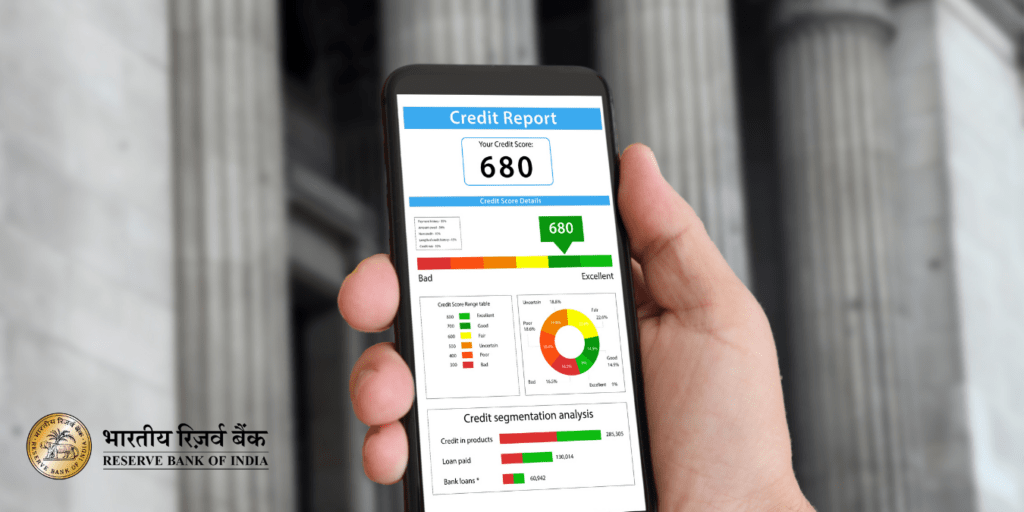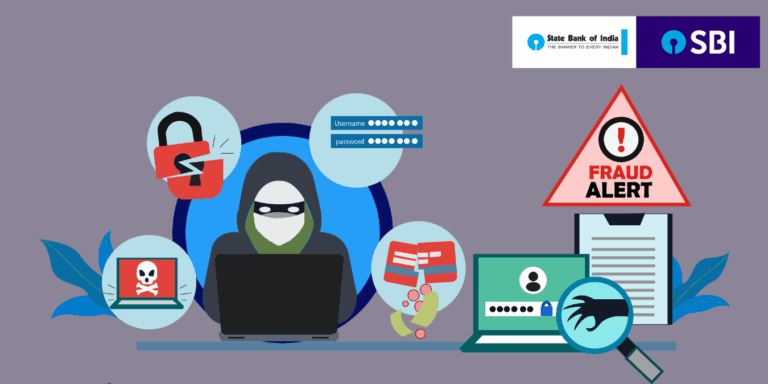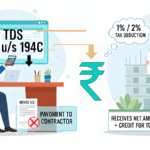
The Carbanak cyberattacks, which spanned from 2013 to 2018, represent one of the most sophisticated and financially damaging cybercrime campaigns in history. Orchestrated by a highly organized cybercriminal group, the Carbanak attacks targeted financial institutions worldwide, resulting in losses estimated at over $1 billion. This blog post delves into the intricacies of the Carbanak cyberattacks, exploring their origins, methodologies, impact, and the lessons learned from this unprecedented cybercrime spree.
” The Carbanak cyberattacks (2013–2018), a $1 billion global cybercrime spree targeting financial institutions. Learn about the Carbanak malware, spear-phishing tactics, and advanced persistent threats used by cybercriminals. Discover the impact on over 100 banks across 40 countries, and uncover key lessons in cybersecurity, employee training, and incident response planning. This in-depth analysis highlights the importance of robust defenses, international cooperation, and proactive measures to combat evolving cyber threats. Stay informed and protect your organization from sophisticated attacks like Carbanak with actionable insights and best practices. “
What Were the Carbanak Cyberattacks?
The Carbanak cyberattacks were a series of highly coordinated cyber intrusions targeting banks, financial institutions, and other organizations across the globe. The attacks were named after the Carbanak malware, a custom-built tool used by the cybercriminals to infiltrate their targets. The primary objective of the Carbanak group was financial gain, and they employed a combination of social engineering, advanced persistent threats (APTs), and malware to achieve their goals.
Key Statistics and Impact
- Estimated Financial Losses: Over $1 billion
- Number of Affected Institutions: More than 100 financial organizations across 40 countries
- Duration of Attacks: 2013–2018
- Primary Targets: Banks, financial institutions, and payment systems
The Origins of the Carbanak Cyberattacks
The Carbanak cyberattacks were first discovered in 2014 by cybersecurity firm Kaspersky Lab, although the attacks had been ongoing since 2013. The group behind the attacks, often referred to as the Carbanak Group, is believed to have originated from Russia, Ukraine, and other parts of Eastern Europe. The group’s members were highly skilled and well-funded, with a deep understanding of both cybersecurity and financial systems.
The Role of the Carbanak Malware
The Carbanak malware was the cornerstone of the group’s operations. It was a sophisticated piece of software that allowed the attackers to gain remote access to the infected systems. Once inside, the malware enabled the attackers to monitor the activities of bank employees, steal credentials, and manipulate financial transactions.
Key Features of Carbanak Malware:
- Remote Access: Allowed attackers to control infected systems from a distance.
- Keylogging: Captured keystrokes to steal login credentials and other sensitive information.
- Screen Capturing: Enabled attackers to see what was happening on the victim’s screen in real-time.
- Data Exfiltration: Facilitated the theft of large amounts of data from the infected systems.
The Methodology of the Carbanak Cyberattacks
The Carbanak group employed a multi-stage approach to carry out their attacks. Each stage was meticulously planned and executed, demonstrating the group’s high level of sophistication and expertise.
Stage 1: Initial Compromise
The first stage of the attack involved gaining initial access to the target’s network. This was typically achieved through spear-phishing emails, which were carefully crafted to appear as though they came from a trusted source. The emails contained malicious attachments or links that, when opened, would install the Carbanak malware on the victim’s system.
Spear-Phishing Tactics:
- Targeted Emails: Emails were tailored to specific individuals or departments within the target organization.
- Social Engineering: Attackers used social engineering techniques to trick victims into opening the malicious attachments or clicking on the links.
- Exploiting Vulnerabilities: The malware often exploited known vulnerabilities in software to gain a foothold in the target’s network.
Stage 2: Lateral Movement
Once inside the network, the attackers would move laterally to gain access to more sensitive areas. This involved escalating privileges, compromising additional systems, and mapping out the network to identify valuable targets.
Techniques Used for Lateral Movement:
- Pass-the-Hash Attacks: Allowed attackers to use stolen password hashes to authenticate themselves on other systems.
- Exploiting Weak Passwords: Attackers often took advantage of weak or reused passwords to gain access to additional accounts.
- Network Scanning: Tools were used to scan the network for other vulnerable systems and services.
Stage 3: Data Exfiltration and Financial Fraud
With access to the target’s financial systems, the attackers would then proceed to steal money. This was done through a variety of methods, including:
- Manipulating ATM Networks: The attackers could remotely control ATMs, causing them to dispense cash at predetermined times.
- Altering Account Balances: They would modify account balances to transfer funds to accounts controlled by the group.
- Creating Fake Accounts: The attackers would create fake accounts and transfer money into them before withdrawing the funds.
Stage 4: Covering Tracks
To avoid detection, the Carbanak group employed various techniques to cover their tracks. This included deleting logs, using encryption to hide their communications, and employing anti-forensic techniques to make it difficult for investigators to trace their activities.
Anti-Forensic Techniques:
- Log Deletion: Attackers would delete logs to remove evidence of their activities.
- Encryption: Communications between the attackers and the infected systems were often encrypted to prevent interception.
- Time Delays: The group would sometimes delay their activities to avoid detection by security systems.
The Global Impact of the Carbanak Cyberattacks
The Carbanak cyberattacks had a profound impact on the global financial sector. The sheer scale and sophistication of the attacks highlighted the vulnerabilities in the financial industry’s cybersecurity defenses. The attacks also underscored the need for greater international cooperation in combating cybercrime.
Affected Countries and Institutions
The Carbanak attacks targeted financial institutions in over 40 countries, including the United States, Russia, Germany, China, and Ukraine. Some of the most notable victims included:
- Russian Banks: Several major Russian banks were targeted, with losses running into the hundreds of millions of dollars.
- European Banks: Financial institutions in Germany, France, and the UK were also affected, with significant financial losses.
- Asian Banks: Banks in China, Japan, and South Korea were targeted, resulting in substantial financial damage.
Financial and Reputational Damage
The financial losses from the Carbanak attacks were staggering, with estimates exceeding $1 billion. However, the damage was not limited to financial losses. The attacks also caused significant reputational damage to the affected institutions, eroding customer trust and confidence.
Long-Term Consequences:
- Increased Regulatory Scrutiny: The attacks led to increased regulatory scrutiny of the financial industry’s cybersecurity practices.
- Higher Cybersecurity Costs: Financial institutions were forced to invest heavily in upgrading their cybersecurity defenses.
- Loss of Customer Trust: The attacks eroded customer trust, leading to a loss of business for some institutions.
Lessons Learned from the Carbanak Cyberattacks
The Carbanak cyberattacks served as a wake-up call for the financial industry and the broader cybersecurity community. The attacks highlighted several key lessons that organizations can learn from to better protect themselves against similar threats in the future.
1. The Importance of Employee Training
One of the primary vectors for the Carbanak attacks was spear-phishing emails. This underscores the importance of training employees to recognize and respond to phishing attempts. Regular training and awareness programs can help reduce the risk of successful phishing attacks.
Best Practices for Employee Training:
- Simulated Phishing Exercises: Conduct regular simulated phishing exercises to test employees’ awareness and response.
- Security Awareness Programs: Implement ongoing security awareness programs to keep employees informed about the latest threats.
- Reporting Mechanisms: Encourage employees to report suspicious emails and activities to the IT security team.
2. The Need for Robust Cybersecurity Defenses
The Carbanak attacks demonstrated the need for robust cybersecurity defenses, including advanced threat detection and response capabilities. Organizations should invest in technologies such as intrusion detection systems (IDS), endpoint detection and response (EDR), and security information and event management (SIEM) solutions.
Key Cybersecurity Technologies:
- Intrusion Detection Systems (IDS): Monitor network traffic for signs of malicious activity.
- Endpoint Detection and Response (EDR): Provide real-time monitoring and response capabilities for endpoints.
- Security Information and Event Management (SIEM): Aggregate and analyze security data from across the organization to detect and respond to threats.
3. The Importance of Incident Response Planning
The Carbanak attacks highlighted the importance of having a well-defined incident response plan in place. Organizations should have a clear plan for responding to cyber incidents, including procedures for containment, eradication, and recovery.
Components of an Effective Incident Response Plan:
- Incident Identification: Establish procedures for identifying and reporting potential security incidents.
- Containment and Eradication: Define steps for containing the incident and eradicating the threat from the environment.
- Recovery and Lessons Learned: Develop a plan for recovering from the incident and conducting a post-incident review to identify lessons learned.
4. The Role of International Cooperation
The global nature of the Carbanak attacks underscored the need for greater international cooperation in combating cybercrime. Law enforcement agencies, cybersecurity firms, and financial institutions must work together to share intelligence and coordinate responses to cyber threats.
Initiatives for International Cooperation:
- Information Sharing: Establish platforms for sharing threat intelligence and best practices among organizations and countries.
- Joint Investigations: Conduct joint investigations and operations to track down and apprehend cybercriminals.
- International Agreements: Develop international agreements and frameworks for addressing cybercrime and enhancing cybersecurity.
The Carbanak cyberattacks (2013–2018) were a watershed moment in the history of cybercrime. The attacks demonstrated the capabilities of highly organized and sophisticated cybercriminal groups, as well as the vulnerabilities in the financial industry’s cybersecurity defenses. By understanding the origins, methodologies, and impact of the Carbanak attacks, organizations can better prepare themselves to defend against similar threats in the future.
The lessons learned from the Carbanak attacks underscore the importance of employee training, robust cybersecurity defenses, incident response planning, and international cooperation. As cyber threats continue to evolve, organizations must remain vigilant and proactive in their efforts to protect their systems, data, and customers from cybercriminals.
By staying informed and adopting best practices in cybersecurity, organizations can reduce their risk of falling victim to the next Carbanak-style attack and contribute to a safer and more secure digital world.
-
The Hidden TDS Trap: Why Your Unlinked PAN Could Cost Contractors 20x More in 2025
Shocking TDS Trap: Unlinked PAN turns ₹5L contractor bill into ₹1L tax bomb under 194C—yet CBDT’s secret 2025
-
TDS 194C Alert: Contractor Payment Could Silently Block 30% of Your Business Expense
Did you know one PAN glitch under TDS 194C can spike your 2% deduction to 20%—silently blocking lakhs
-
Why Compulsory Retirement Could Triple Your Gratuity Overnight – But Strip Your Pension Bare?
Shocking 2025 twist: Compulsory retirement could slash your pension to ⅔—yet explode gratuity 42% via secret 50% wage
































